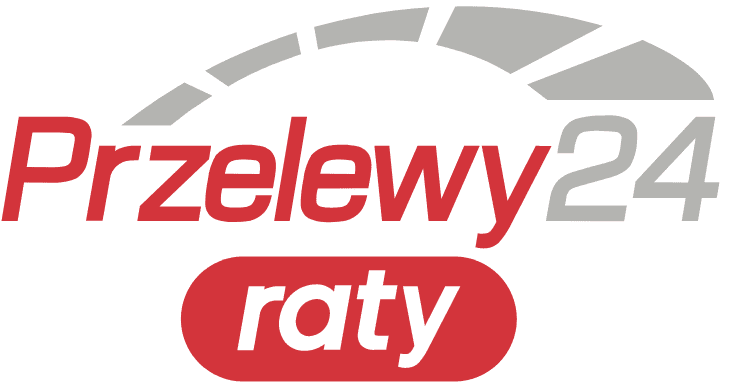| Basics of project data comparison |
Operate
You can compare project data of the same type to identify possible differences. In principle, the following comparison methods are available:
-
Compare offline/online
With this method of comparison, you can compare the software of the device objects with the project objects. This is only possible once you have established an online connection to the device.
-
Offline/offline comparison
With this method of comparison, you can compare software or hardware. When comparing software, you can compare objects from projects or libraries. The hardware comparison is available for equipment from a currently open project or from reference projects. For software and hardware comparison, you can decide whether the comparison should take place automatically for all objects or whether you want to compare individual objects manually.
-
Detailed comparison
For some objects, for example blocks, in addition to offline/online and offline/offline comparisons, a detailed comparison can also be made. This involves opening blocks for side-by-side comparison and highlighting the differences.
A simple offline/online comparison is carried out as soon as an online connection is established. During this process, the comparable objects in the project tree are marked with icons representing the result of the comparison. In the comparison editor, you can also carry out a more comprehensive offline/online and offline/offline comparison. When comparing software, you can also select actions for non-identical objects in the comparison.
Note
|
Comparison using checksums
The comparison of offline/online and offline/offline software objects uses checksums generated for specific object data. Objects are only the same if their checksums are identical.
| Note Timestamps are still used for offline/online comparisons for the S7-300/400 series processors. |
Facility data falls into two categories:
-
Source data
Source data is all the data of an object that you have direct influence on, such as the object name, source code, comments or programming language. The properties you can edit here may vary from object to object.
-
Target data
All compiler and execution environment data are target data. This data may not have a direct impact as it is generated by the system from the source data. Once again, features vary from object to object.
The table below provides an overview of the property comparison areas:
| Category |
Area |
Description |
| Source data | Security | Checksum of security objects Dodatkowe informacje na temat porównywania obiektów bezpieczeństwa można znaleźć w sekcji „Porównanie programów bezpieczeństwa” pomocy online dla SIMATIC Safety. |
| Interface without comments | Checksum of all first layer block interface tags. Tag comments are not part of the checksum. | |
| Interface of published blocks without comments (programme units) | Checksum of all interface checksums of published software entity objects. Comments are not part of the checksum. | |
| Text-based block interface | Checksum of all tags, comments and formatting in the text block interface of SCL blocks. | |
| Code without comments | Source code checksum. Block and network comments are not included in the checksum. Comments that are not multilingual, for example in STL, and the transfer of free comments to other fields in LAD and FBD, are not included in the checksum. | |
| Comments (multilingual) | Checksum of all block and network comments | |
| Language configuration | Compare offline/online Displays the languages loaded into the device during the loading process. Offline/offline comparison: Displays the enabled languages in the project. |
|
| Event | Checksum of all data relevant to the organisational block (OB) event. | |
| Real Estate | Checksum of all configurable object properties. | |
| Extended properties of programme elements in software units | Checksum of the publication status of objects in software units. | |
| Configuration of technological facilities | Checksum of technology-specific settings of a process facility. | |
| Alarm configuration | Checksum of all object settings related to alarms. | |
| Surveillance configuration | Checksum of all object surveillance settings. | |
| Text lists | Checksum of all text lists of the object. | |
| Tags without comments | Suma kontrolna wszystkich tagów wybranej tabeli tagów PLC. Kolumny „Przechowywanie” i „Monitorowanie” oraz komentarze do znaczników nie są częścią sumy kontrolnej. | |
| Fixed without comments | Checksum of all user constants of the selected PLC tag table. System constants and user constant comments are not part of the checksum. | |
| Target data | Compilation and execution data | Checksum of data for compilation and relevant for loading. |
| A sign of the times | Timestamps for S7-300/400 processors created by the system for compilation and download. Only available if an online connection is available. | |
Note
|
||

| Offline/online comparison |
Offline/online comparison allows the device objects to be compared with the project objects.
Requirement
The project tree is open.
Procedure
To carry out an offline/online comparison, follow these steps:
|
Result
All existing online and offline objects are displayed. Symbols in the comparison editor and project tree show the status of objects. In the comparison editor, you can now define specific actions for objects, depending on their status.

| Conducting offline/offline comparisons |
With offline/offline comparison, you have the opportunity to compare the project data of two devices. You can carry out software and hardware comparisons. With software comparison, you can compare objects from projects or libraries. The hardware comparison is available for devices from a currently open project or from reference projects. You can decide whether the comparison should take place automatically for all objects or whether you want to compare individual objects manually. The following options are also available for software comparison:
- For objects that are not identical, actions can be identified to eliminate differences.
- You can specify the criteria to be used for comparison.
At any time, you can drag any other device into the drop area for further comparisons.
Requirement
The project tree is open.
Performing offline/offline software comparisons
To carry out an offline/offline software comparison, follow these steps:
|
Performing offline/offline equipment comparisons
To perform an offline/offline hardware comparison, follow these steps:
|




